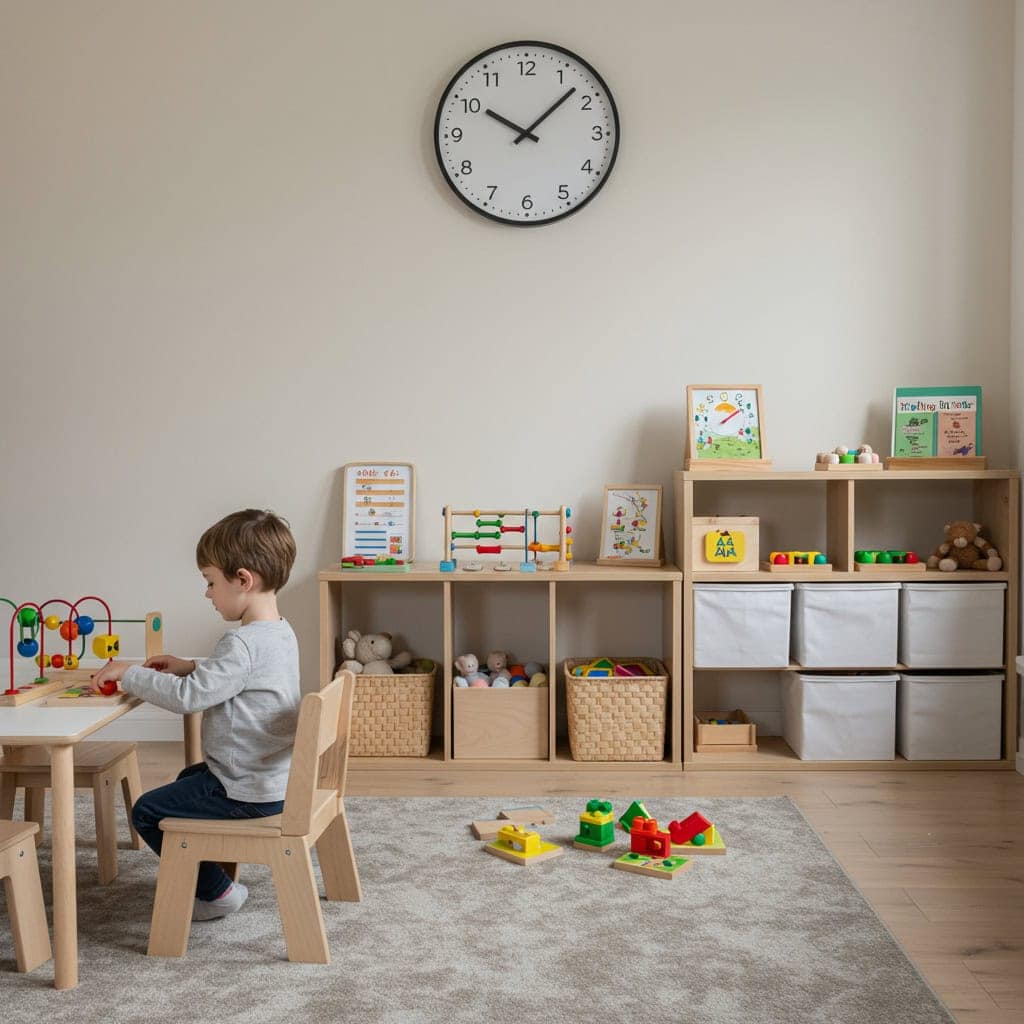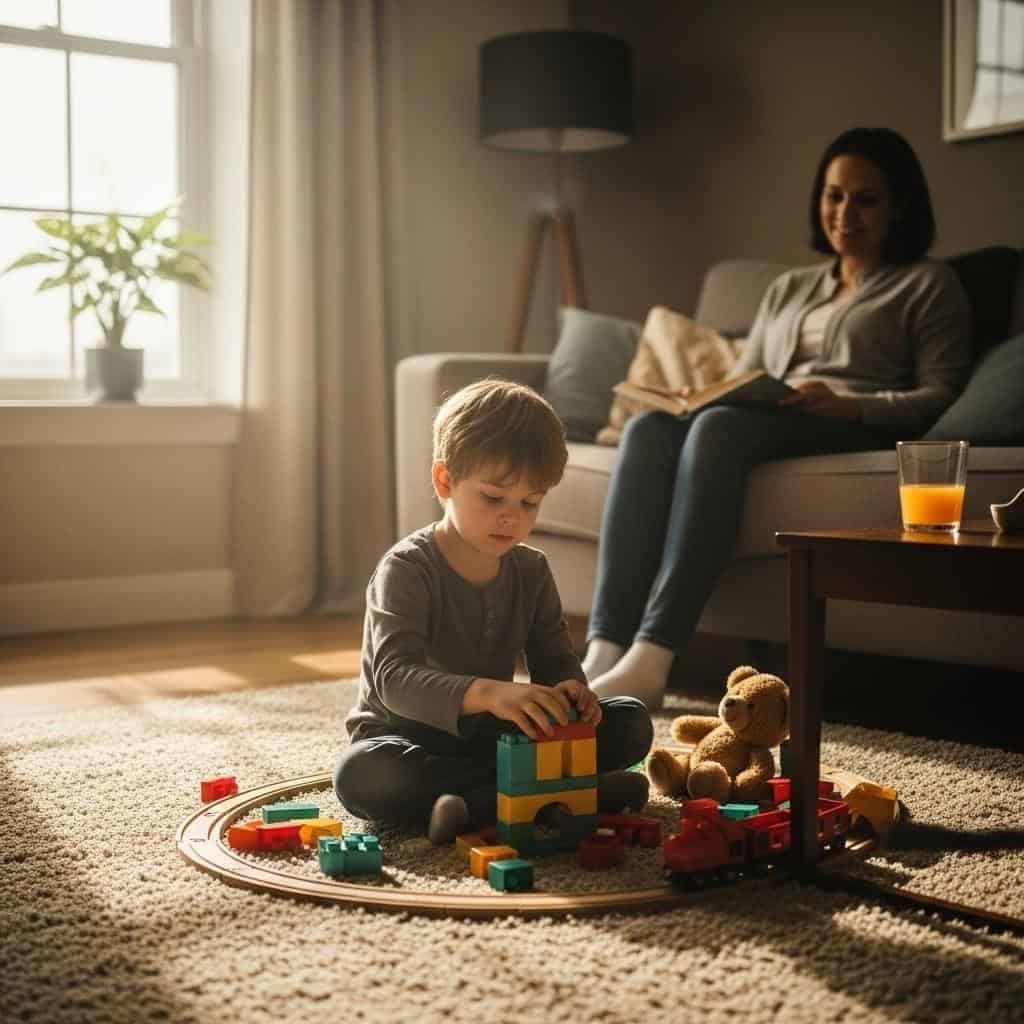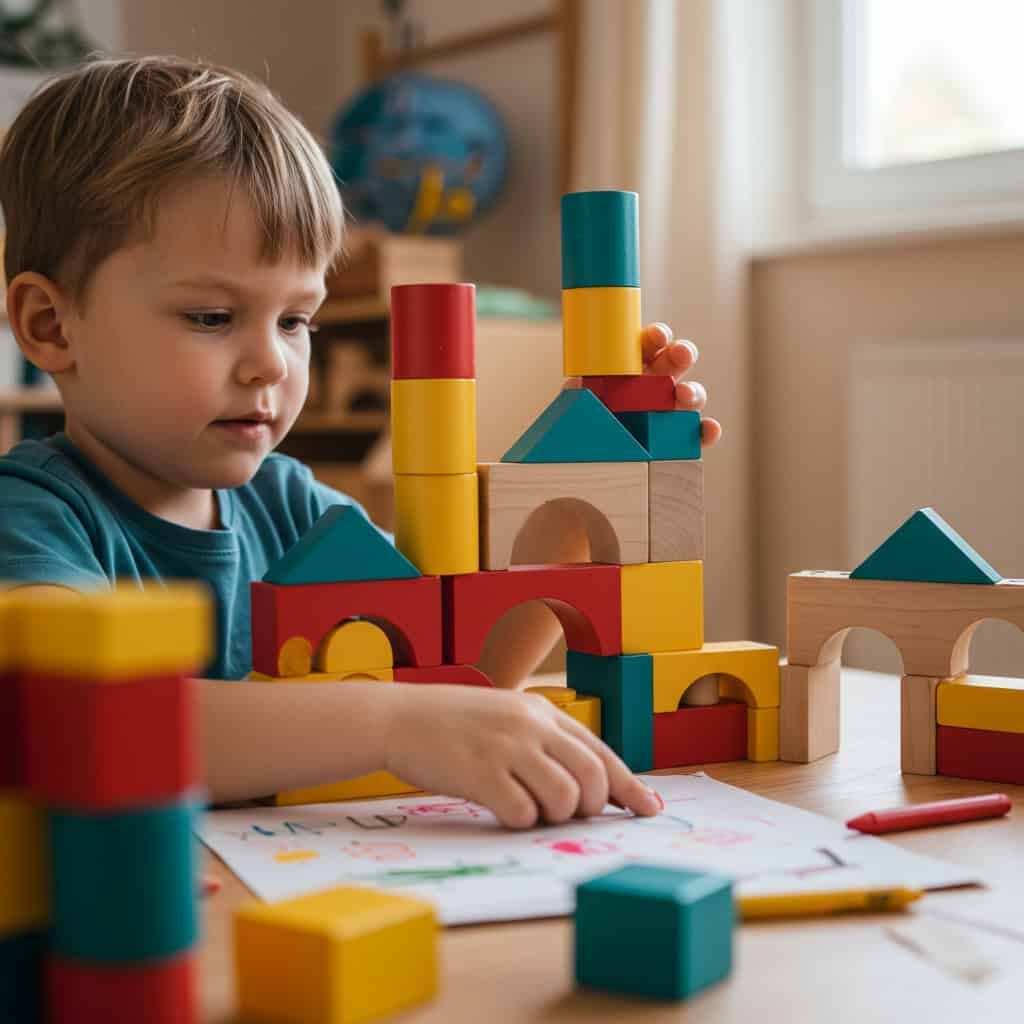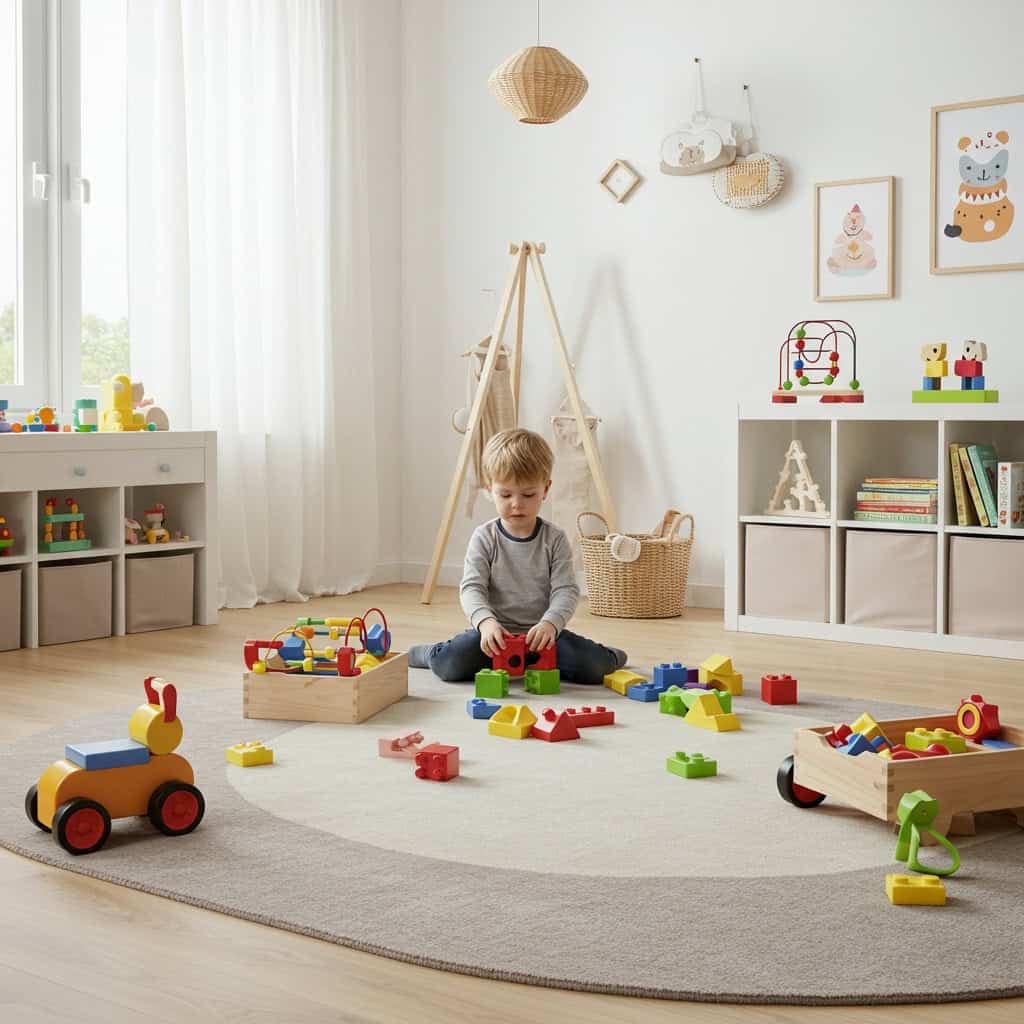12 Parenting Hacks That Start with Independent Play
Many positive parenting strategies begin with encouraging children to play on their own. Independent play not only builds creativity and problem-solving skills, but also fosters confidence and self-reliance. These practical hacks highlight how initiating independent play can unlock a range of benefits for both children and caregivers, making daily routines smoother and family life more harmonious.
1. Designate a Safe Play Zone

Creating a designated area for independent play helps children feel secure and gives them a sense of ownership over their space. Use soft mats, child-safe furniture, and age-appropriate toys. This approach mirrors Montessori classroom setups, which have proven benefits for focus and autonomy.
2. Rotate Toys Regularly

Rather than overwhelming children with too many options, introduce a rotating system for toys. This keeps playtime fresh and encourages deeper engagement with each item. Research shows that fewer toys can inspire more creative and focused play sessions. By swapping out toys every week or two, you’ll maintain your child’s interest and help them discover new ways to use familiar objects.
3. Set Predictable Routines

Children thrive on routine, and setting a specific time for independent play each day helps them anticipate and embrace solo activities. Consistent schedules reduce anxiety and boost self-direction, making transitions easier for both children and caregivers. Establishing these habits early fosters a sense of security and independence.
4. Offer Open-Ended Materials

Items like blocks, art supplies, and dress-up clothes inspire imagination and problem-solving more than single-use toys. Open-ended materials adapt to children’s ideas, allowing them to create, explore, and experiment in limitless ways. This type of play fosters longer and more meaningful sessions, encouraging kids to invent their own stories and solutions.
5. Model Independent Play

Demonstrate solo activities, such as reading or drawing, so children see autonomy as both normal and enjoyable. When parents model independence, kids learn how to initiate their own play and understand the value of respecting others’ time alone. This powerful strategy helps foster self-reliance and healthy boundaries in children.
6. Use Visual Cues

Visual timers or picture schedules help children understand how long independent play will last, supporting time management and reducing resistance. These visual aids are especially helpful for younger children or those with special needs, making expectations clear and transitions smoother. Incorporating visual cues into daily routines can greatly enhance a child’s comfort and independence.
7. Start with Short Sessions

Begin independent play in small intervals, then gradually lengthen the time as your child’s confidence grows. Starting slow prevents overwhelm and builds trust between you and your child. This method supports a positive attitude toward solo play and helps children develop stamina for longer sessions over time.
8. Praise Efforts, Not Outcomes

Acknowledge your child’s initiative and focus during independent play, regardless of the result. Offering positive reinforcement for their effort builds intrinsic motivation and encourages a growth mindset. Research shows that process-oriented praise helps children become more resilient and eager to learn from challenges.
9. Respect Their Choices

Allow children to choose their activities and how they play, even if it’s different from your expectations. Granting autonomy in playtime fosters self-confidence and important decision-making skills. By supporting their choices, you empower children to trust their instincts and develop independence.
10. Encourage Problem-Solving

When children face challenges during solo play, guide them with questions instead of providing solutions. This approach nurtures independent problem-solving and critical thinking skills. For example, asking, “What else could you try?” helps children develop resilience and confidence in their abilities. Encouraging this mindset prepares them for future challenges both in and out of play.
11. Create Quiet Time Rituals

Incorporate quiet, screen-free activities like puzzles, books, or drawing into your child’s daily routine. Quiet time nurtures concentration, fosters creativity, and helps children unwind independently. Establishing these rituals provides a calming break from stimulation and encourages self-soothing skills.
12. Allow for Boredom

Letting children experience boredom can actually spark creativity and self-initiative. Instead of immediately stepping in with solutions or activities, give them the space and time to discover their own entertainment. Experts agree that boredom is essential for developing imagination and problem-solving skills, allowing children to invent games or stories on their own.
Conclusion

Fostering independent play is a powerful way to support children’s growth, self-confidence, and creativity. Implementing these hacks helps build routines that benefit everyone, making daily life more balanced and enjoyable. Small, consistent steps lead to lasting positive changes in both children’s development and family dynamics.
.article-content-img img { width: 100% }




